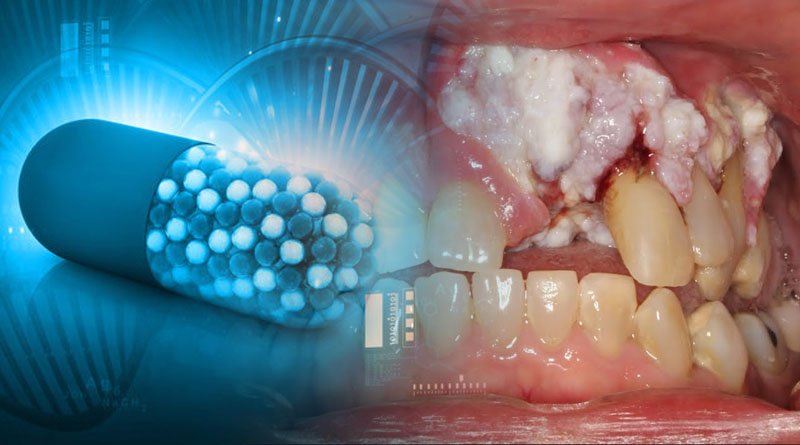Adenoviruses have been used in most viral gene therapy trials for people with mouth cancer because they have a strong preference for cells that line the upper aerodigestive tract.

Oral squamous cell carcinoma, commonly known as “mouth cancer,” is the most common type of cancer in the mouth and the sixth most common type of cancer in the world. It is related to hereditary changes. It is caused by a mutation in the gene due to exposure to tobacco, alcohol, etc. Cancer treatment methods include surgery, radiation therapy, chemotherapy, and others. These treatment methods for mouth cancer are not that significant in improving patients’ survival.
Overview of Gene Therapy
Gene therapy is the new method of treating mouth cancer. The growth of a tumor can be controlled by putting new genes into certain cancer cells without hurting the healthy cells and tissues nearby. Researchers are still studying how and when to use gene therapy. At the moment, gene therapy is only available in the United States as part of a clinical trial.
The therapeutic material can be delivered in two main ways. First, it can be put into cells from the affected tissue outside the body and then put back into the body (ex vivo). Second, it can be put where it needs to be in the patient’s body (in vivo).
The ex vivo method has not been used to treat oral cancer because most superficial lesions can be treated by injecting genetic material right into them. The gene cannot be easily inserted into the body cell. Rather, it contains some carrier, called a vector. Most of the time, a virus is used as a vector in gene therapy because it can find and send genetic material to specific cells.
Researchers first remove the disease-causing gene from the viruses, replacing it with the gene that stops the growth of a tumor. The viruses that are utilized in gene therapy incorporate retroviruses, adenoviruses. Adenoviruses have been used in most viral gene therapy trials for people with mouth cancer because they have a strong preference for cells that line the upper aerodigestive tract.
For better understanding, an example of one type of gene therapy is as follows: First, blood may be taken from you. Then, in a lab, cells from your blood are exposed to a virus that has the genetic material that is wanted. Once the vector has entered the cell in the lab, those cells are injected back into your body, where your cells take up the vector along with the altered genes.
Conclusion
Gene therapy is an emerging field of biomedicine. Gene therapy research in oral cancer is expanding in both the laboratory and clinical settings. In the long term, it may contribute to a definitive treatment for oral cancer. Using adenoviruses to act on genes that have been changed and combining this method with chemotherapy and immunotherapy could be one of the most promising areas of research for treating oral cancer.
